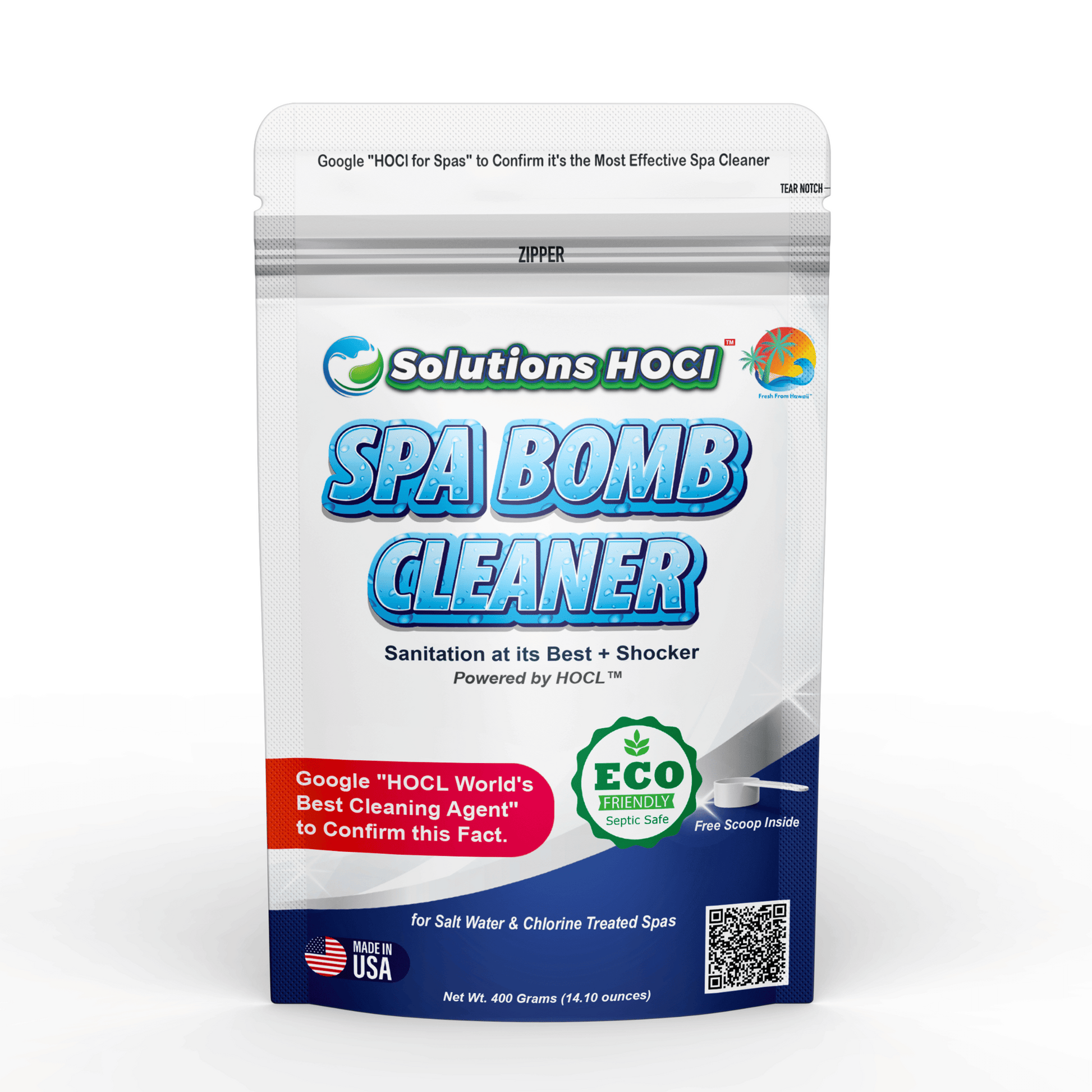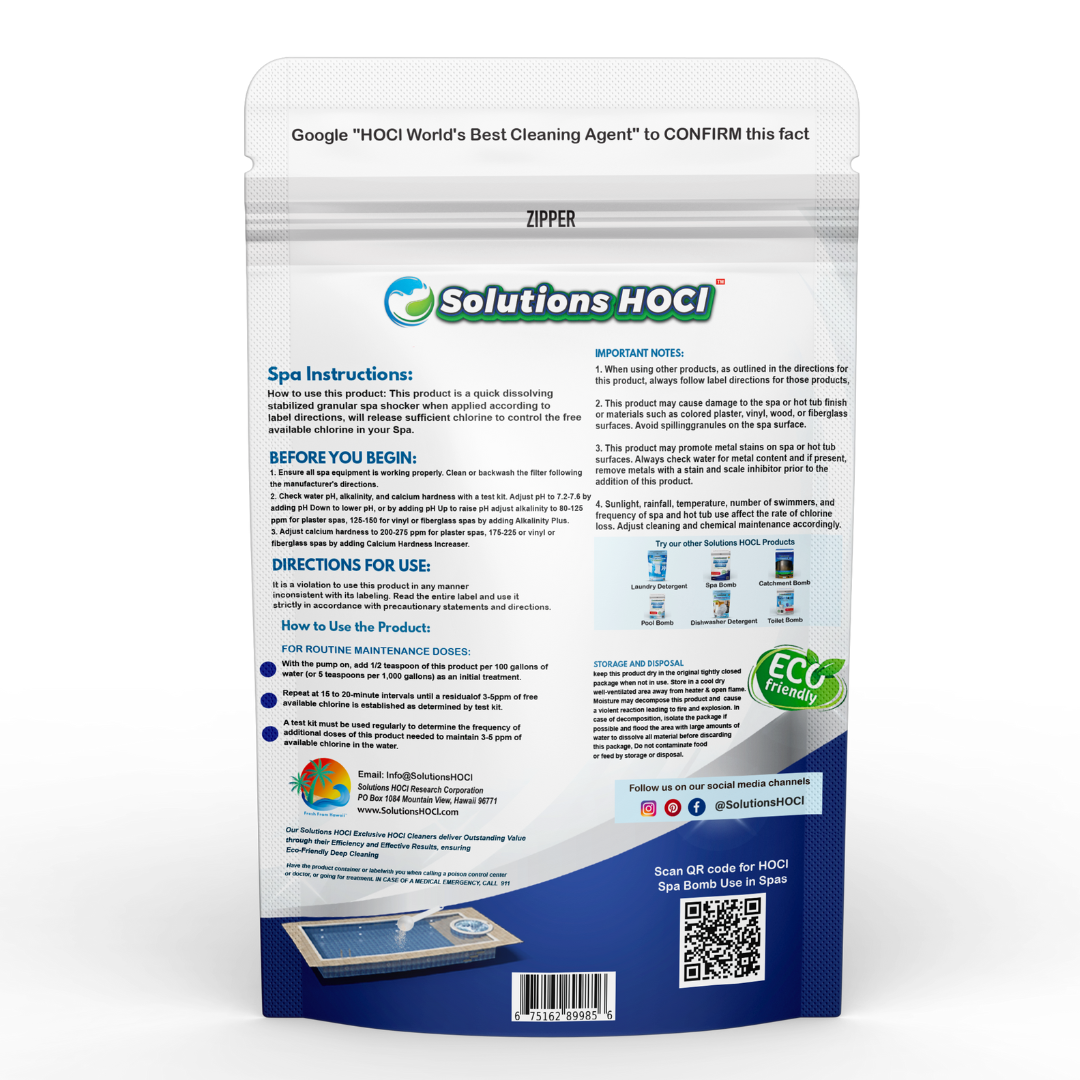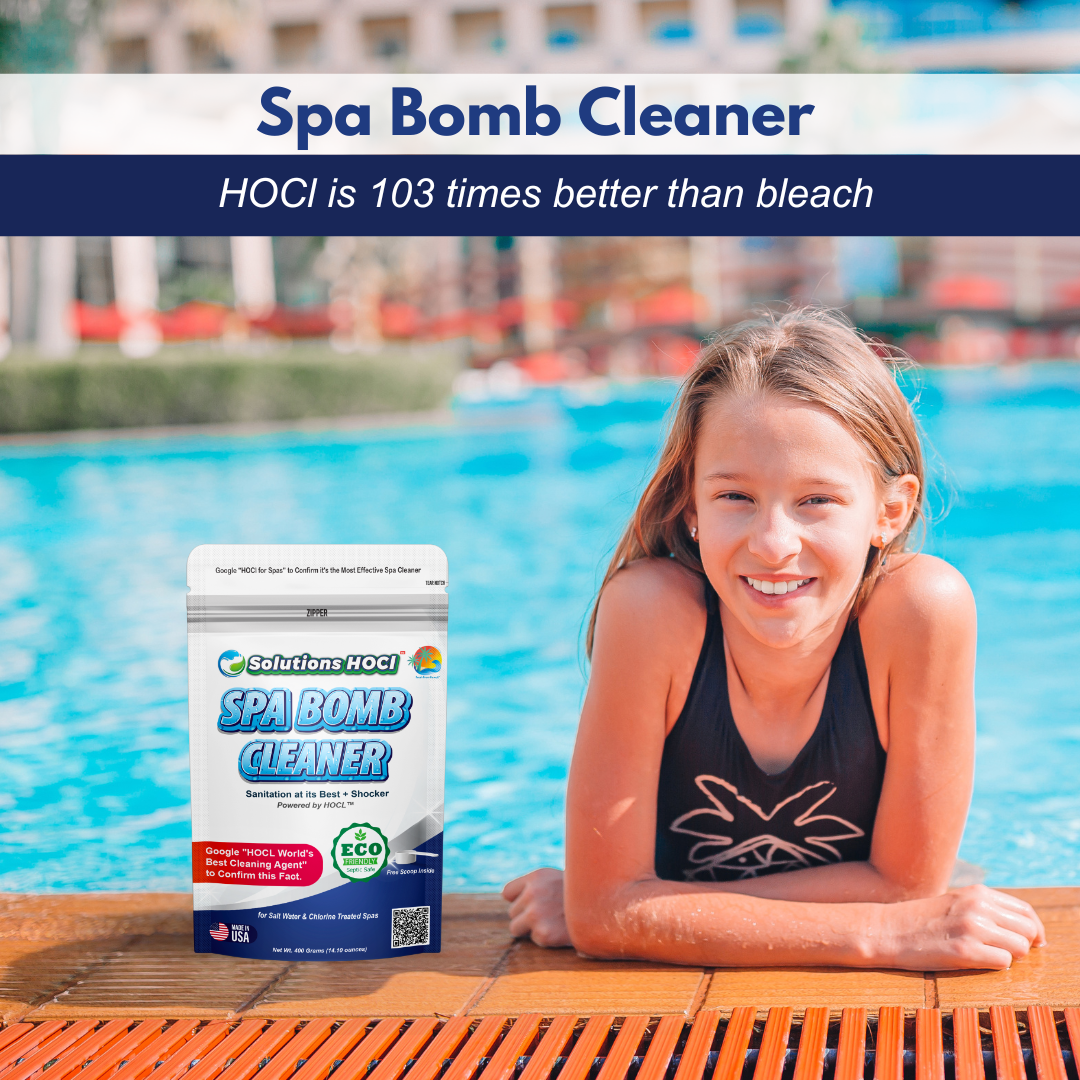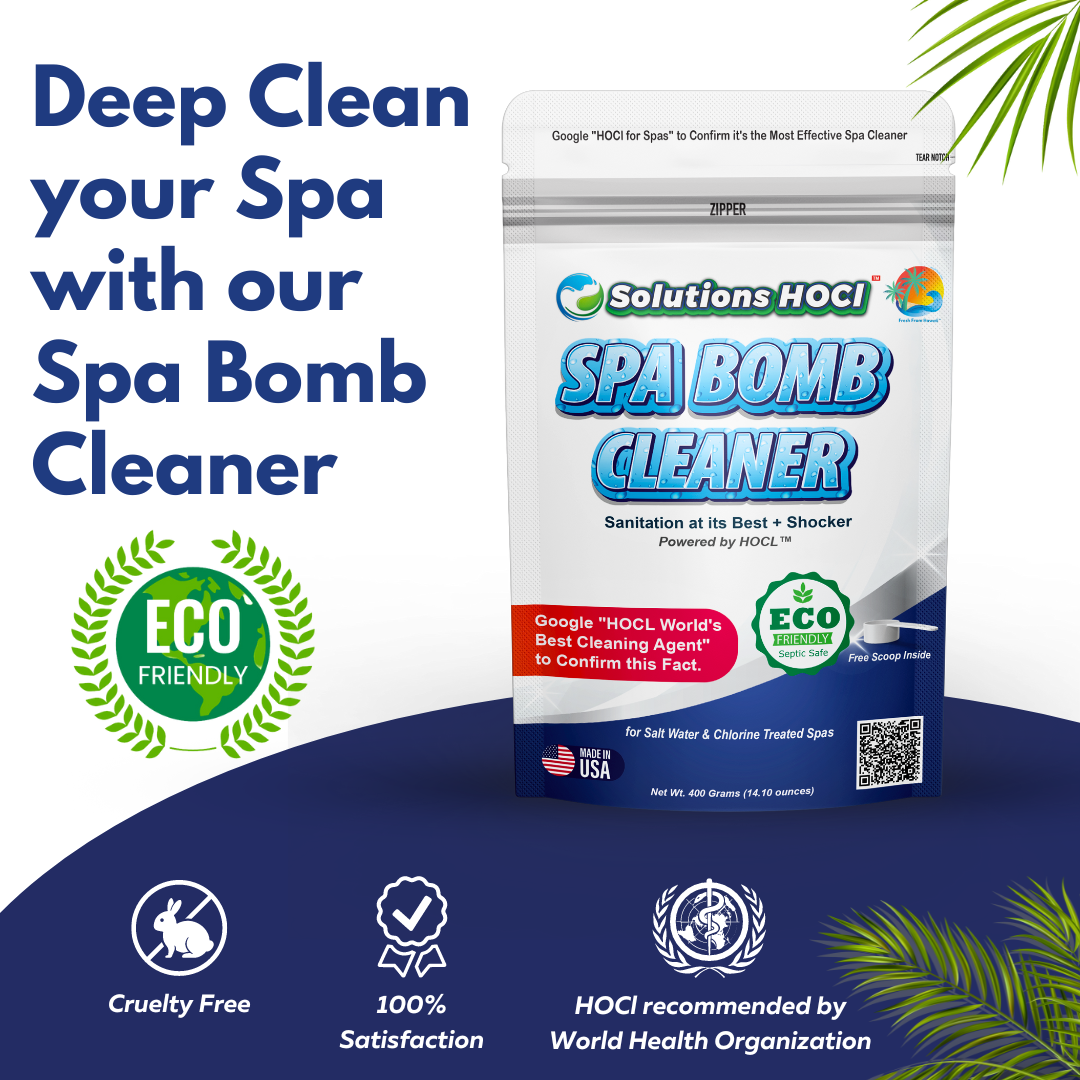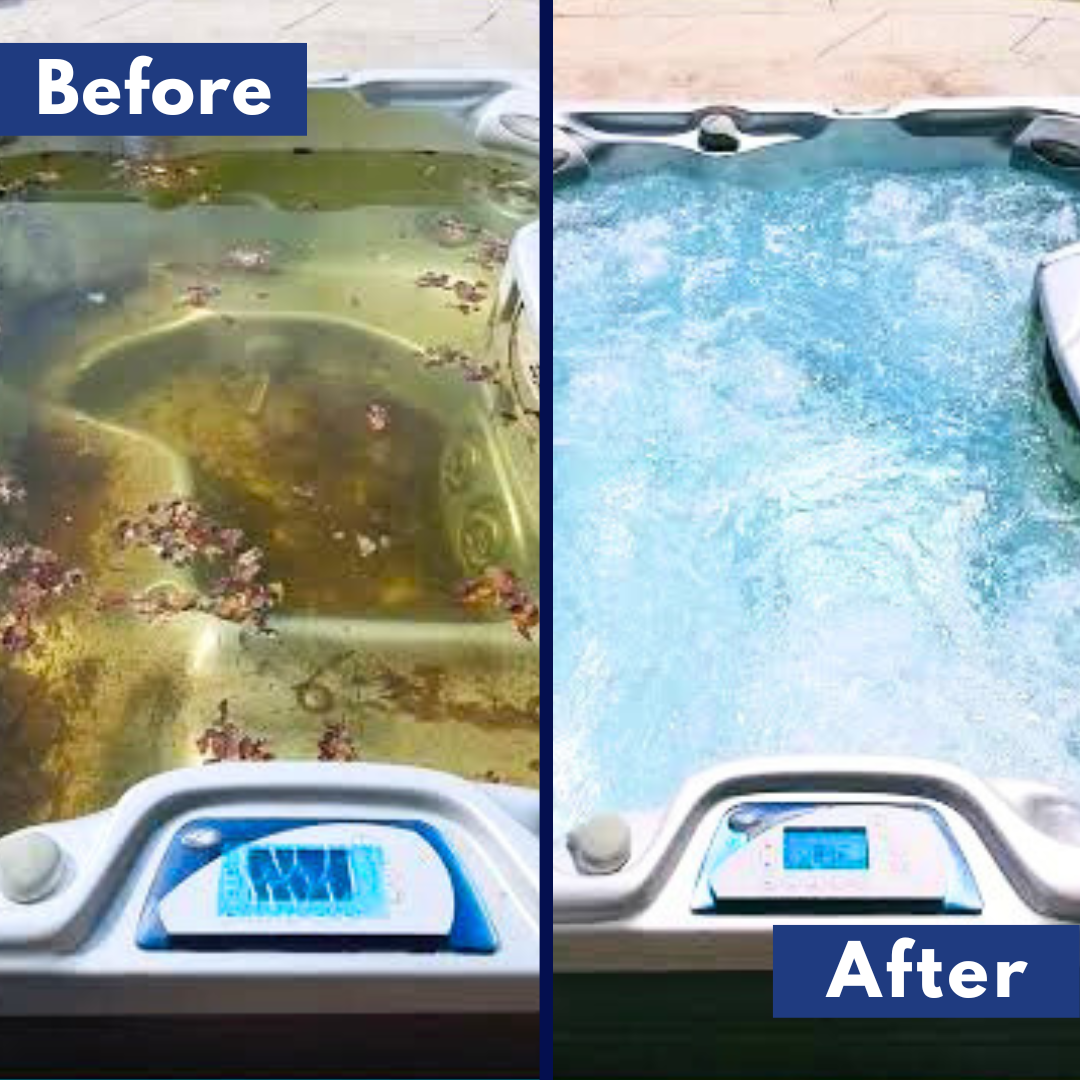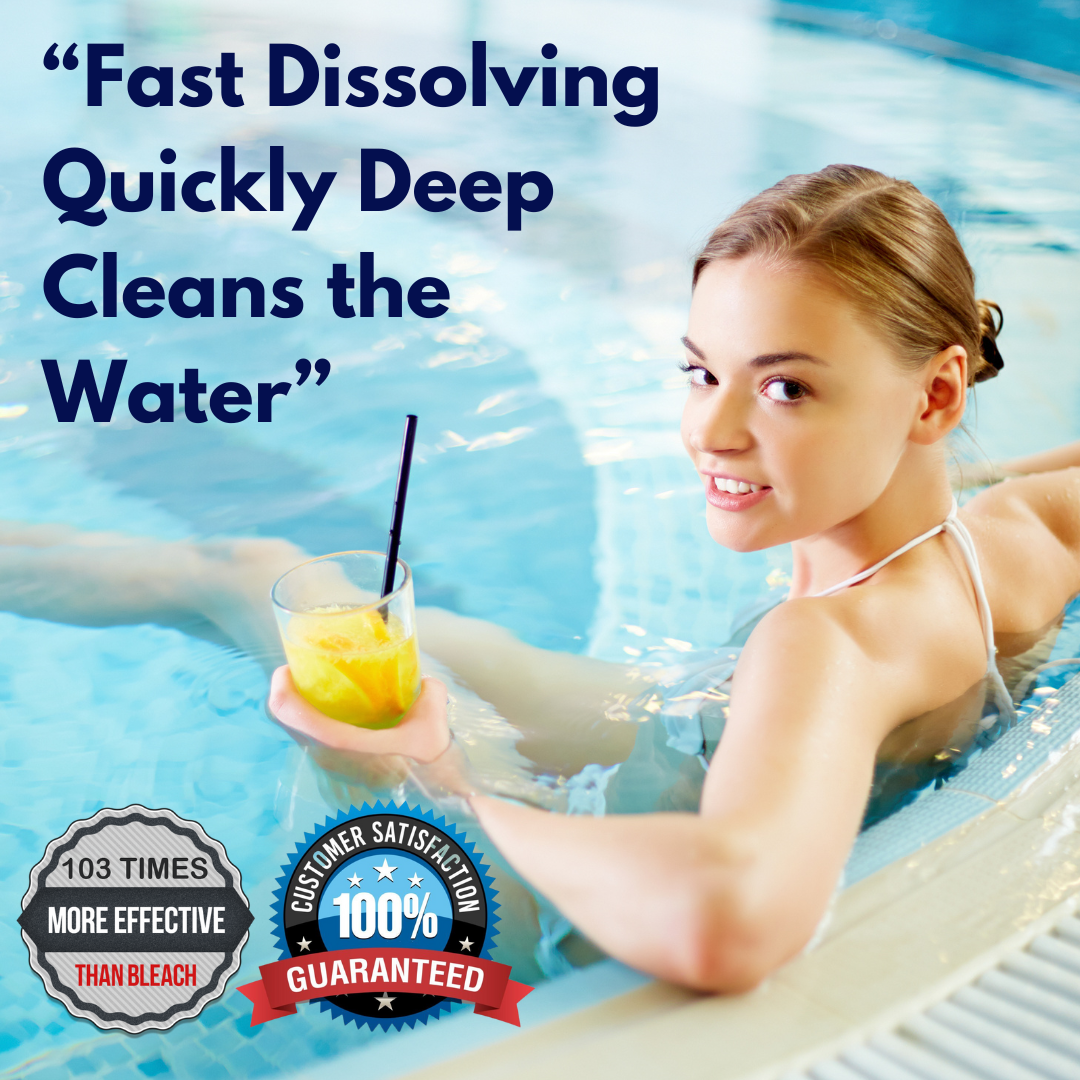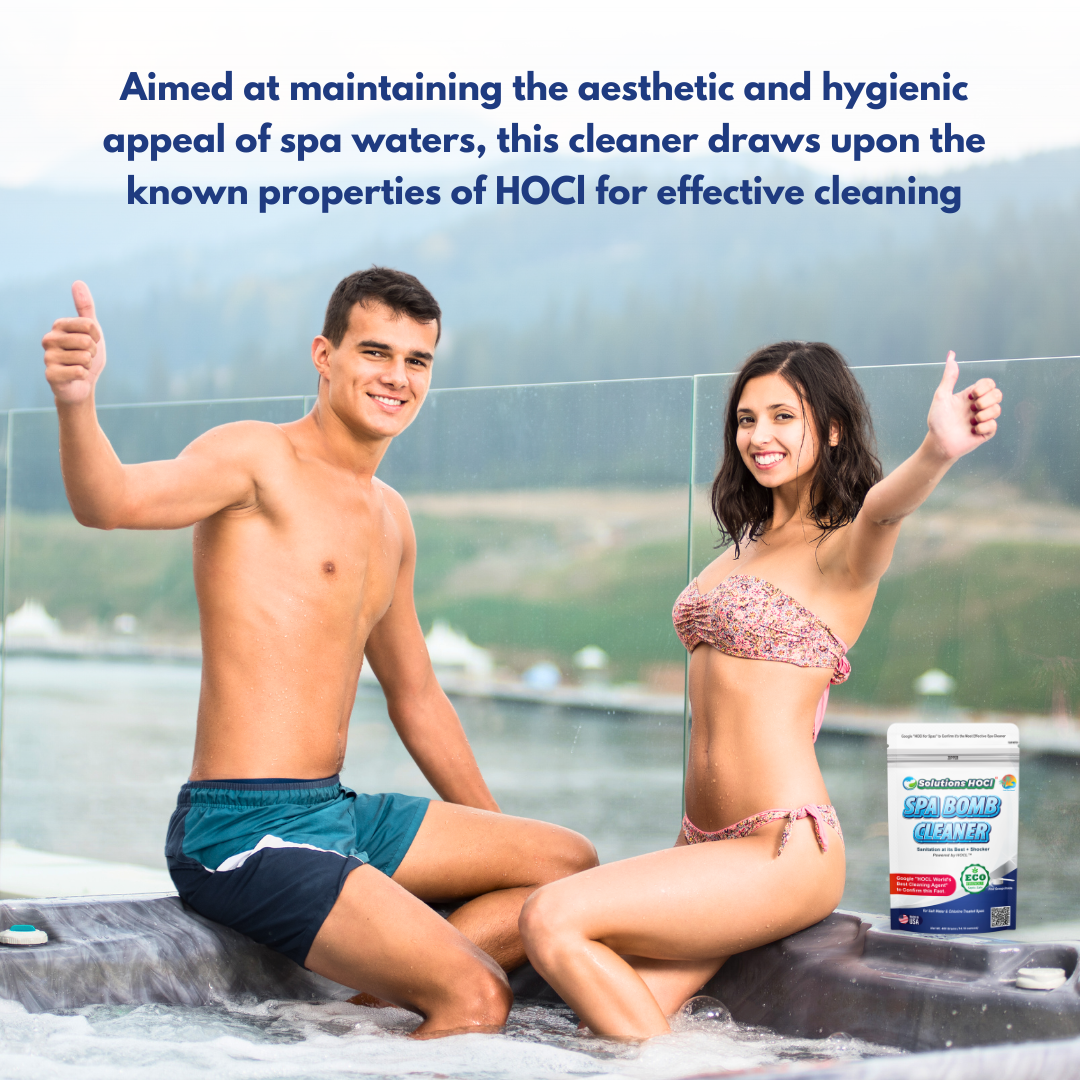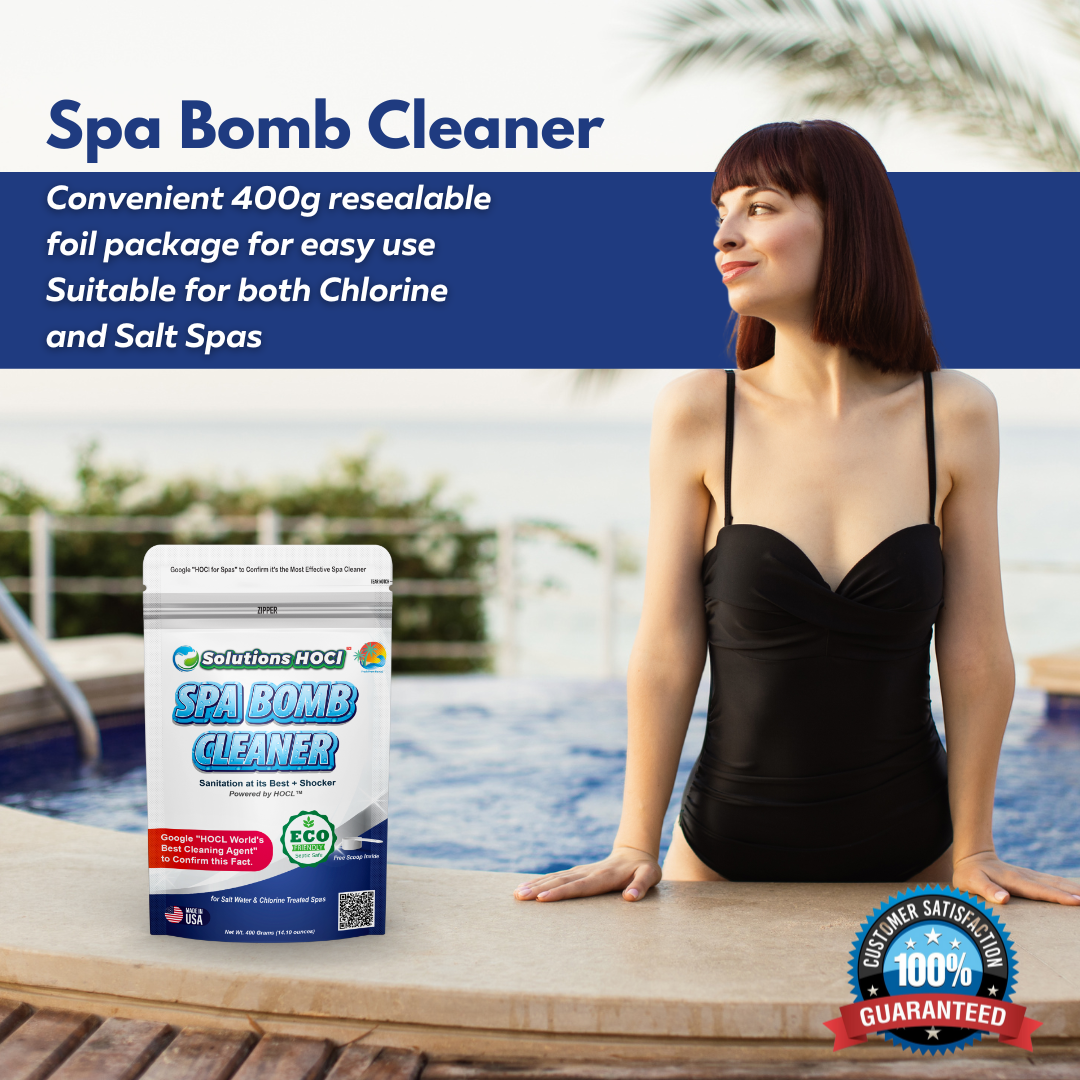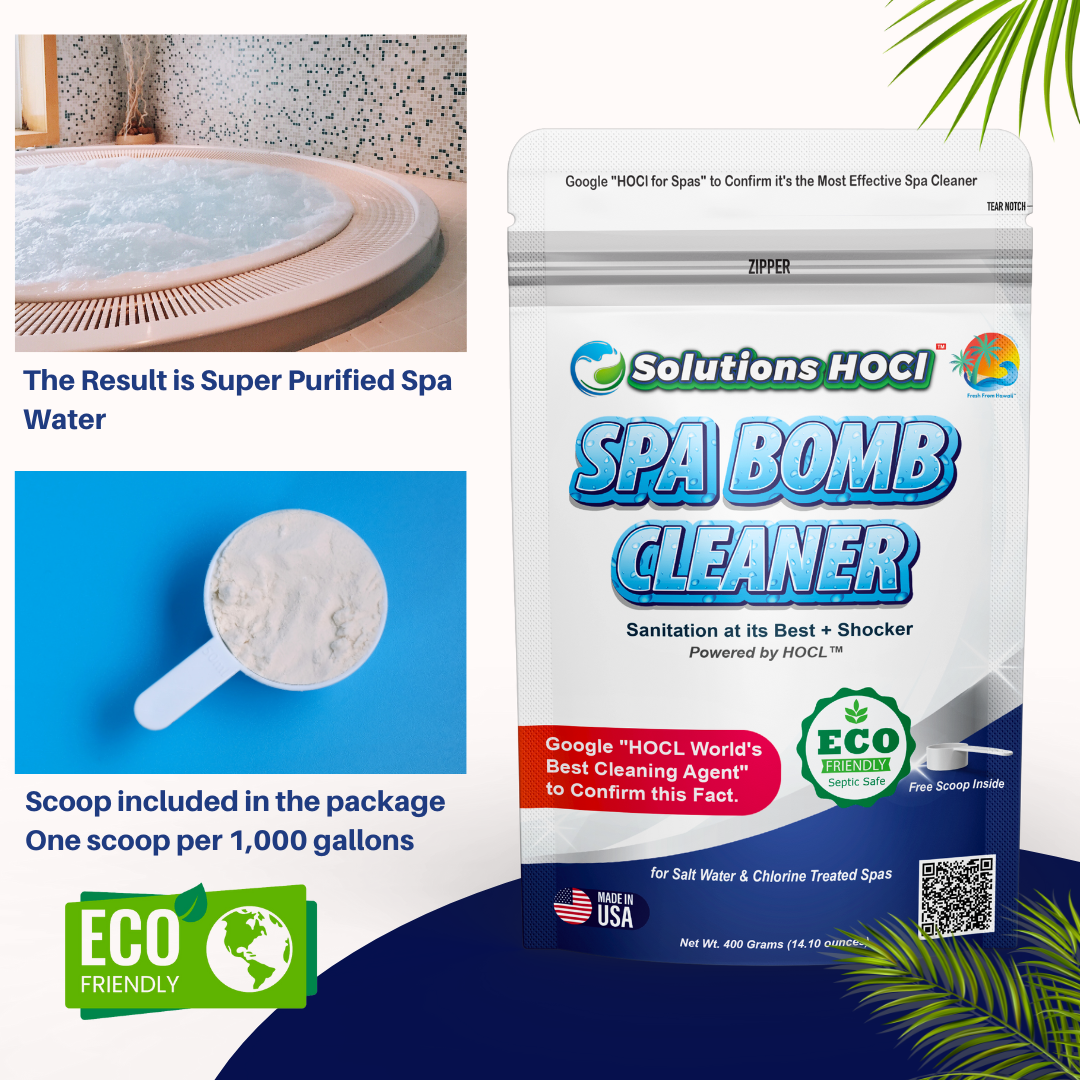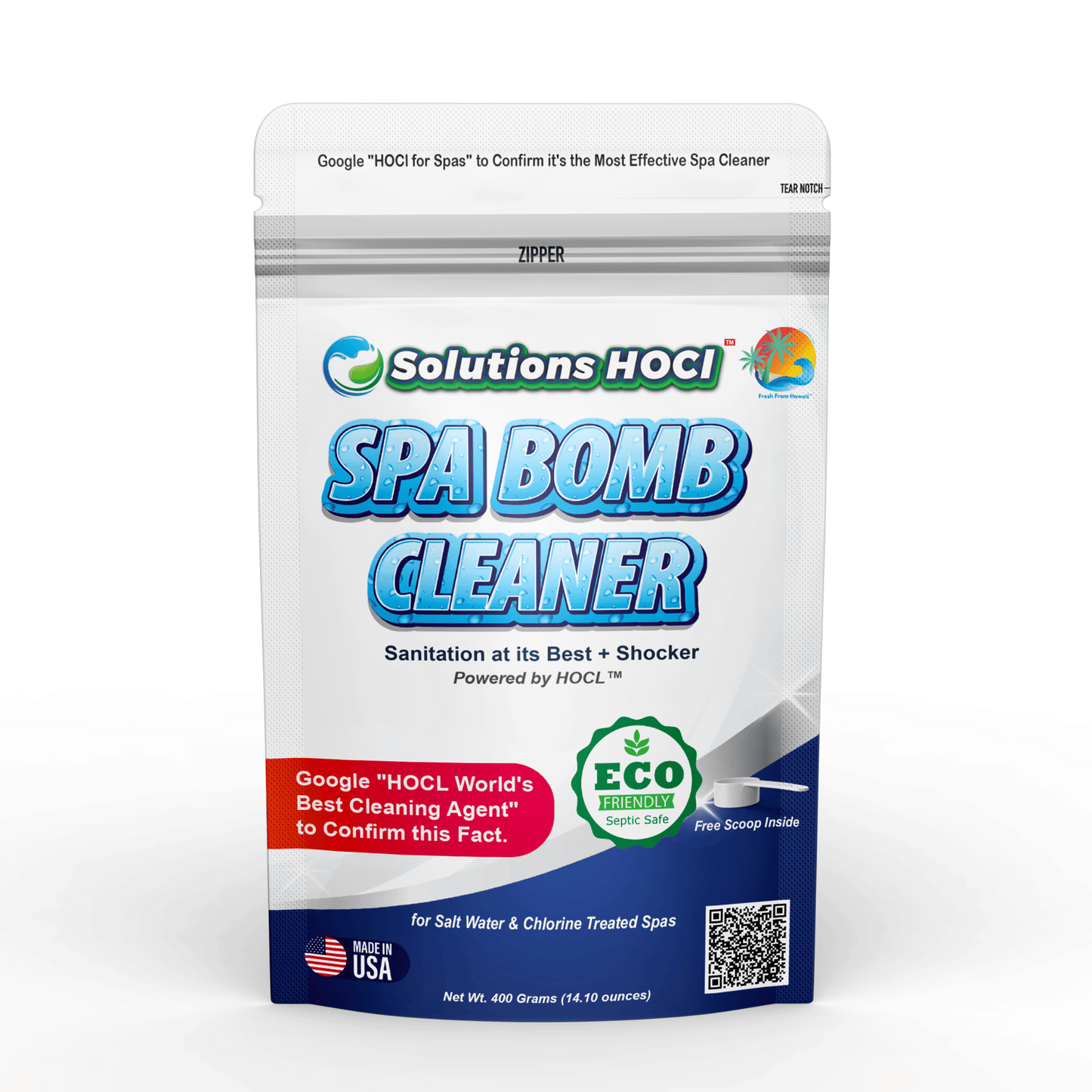
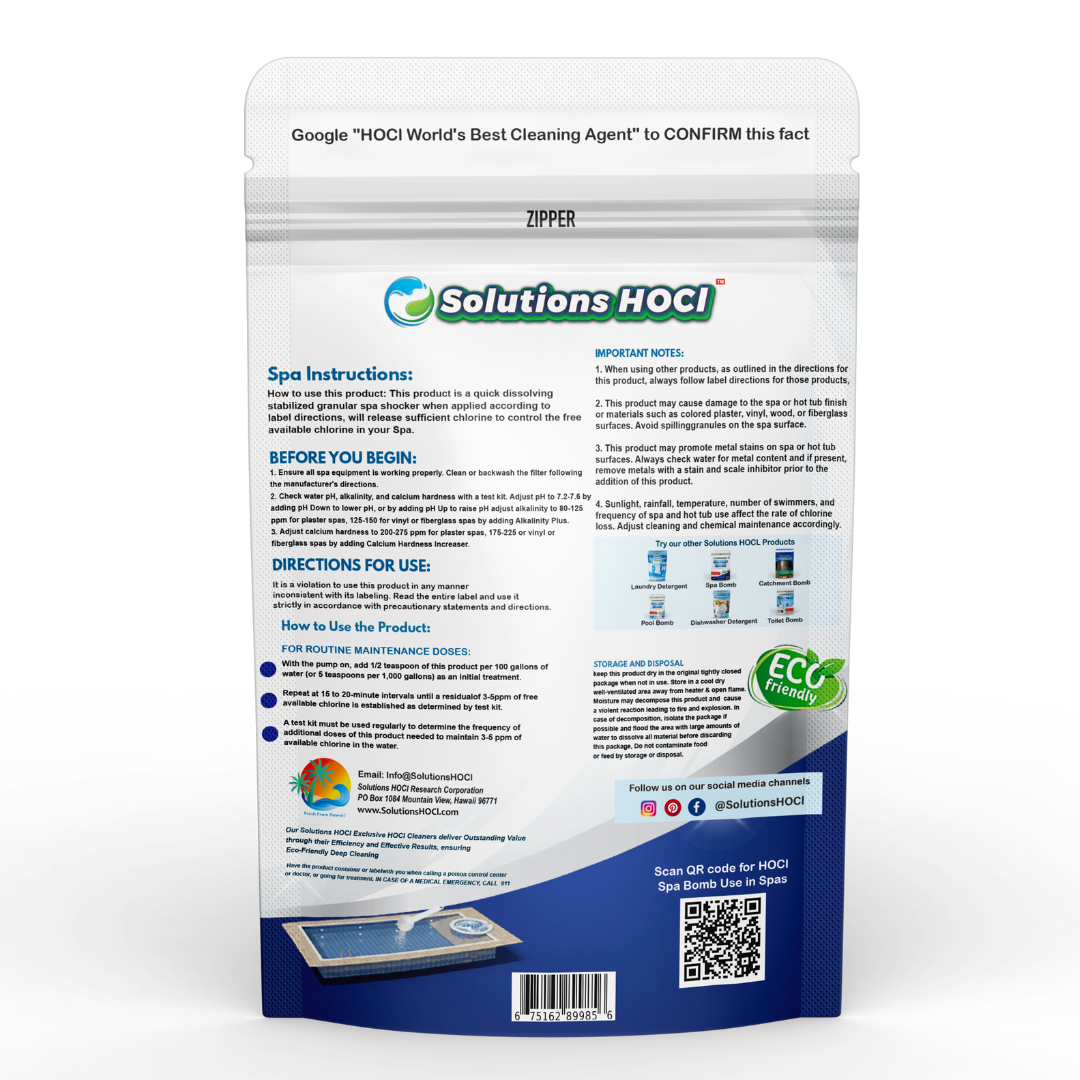
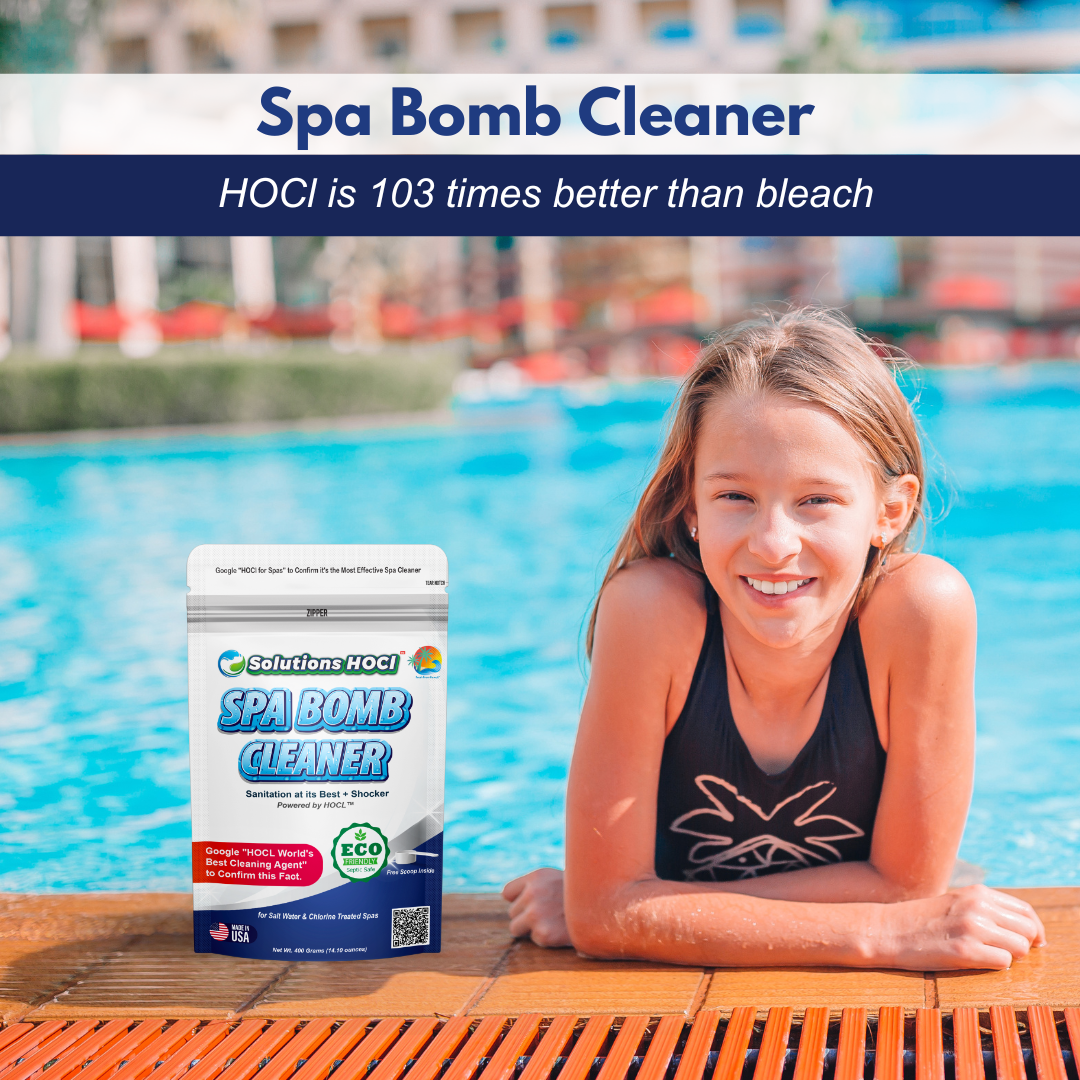
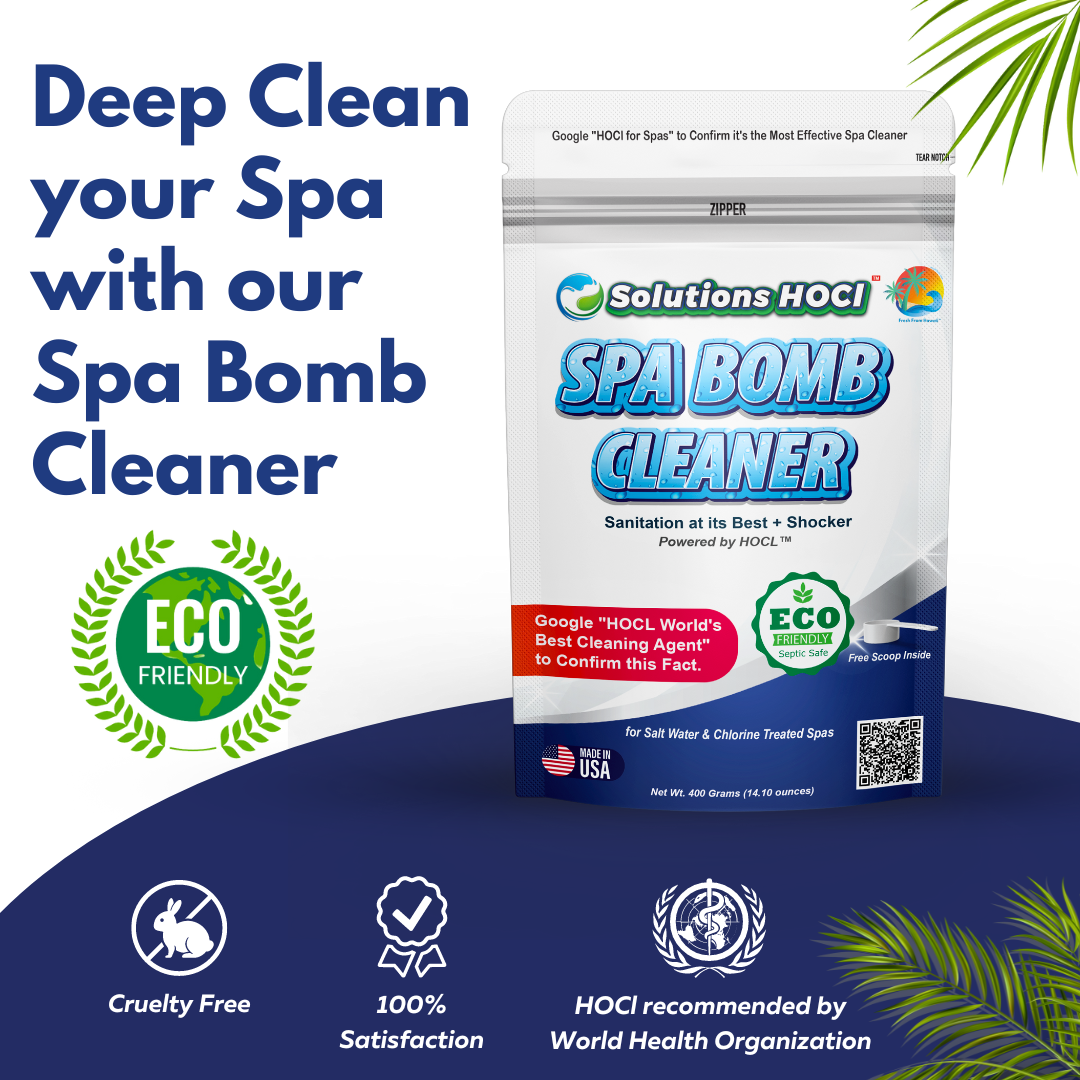
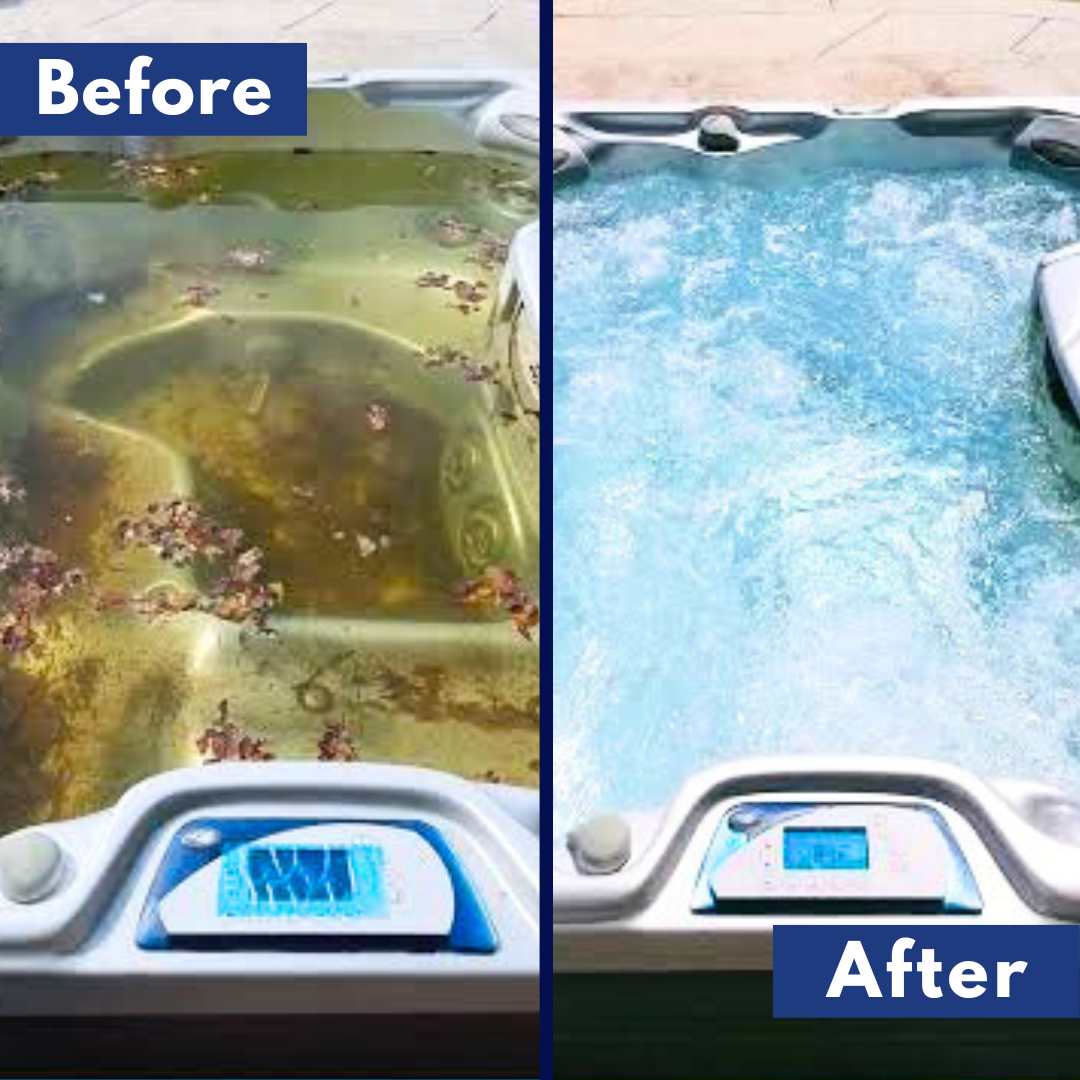
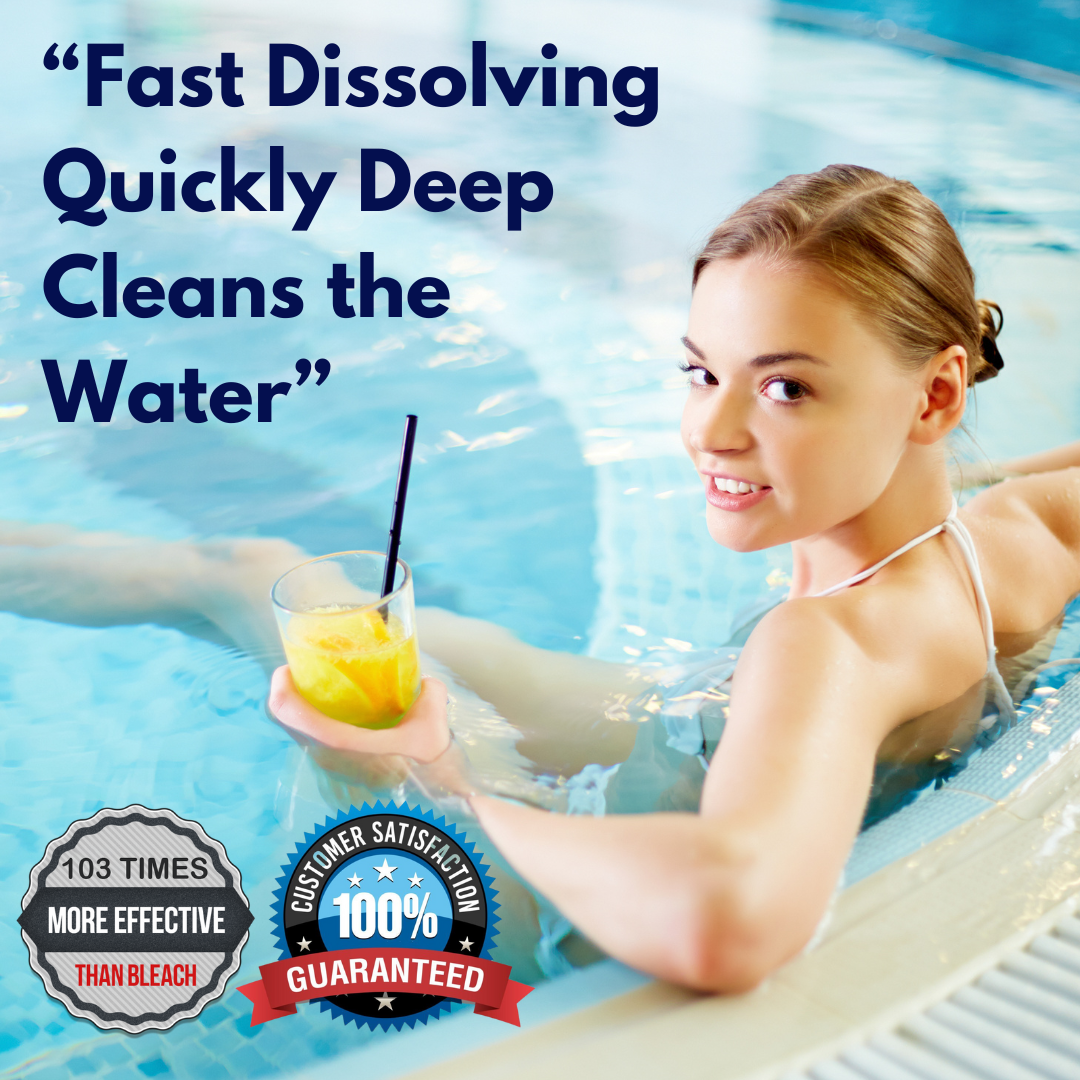
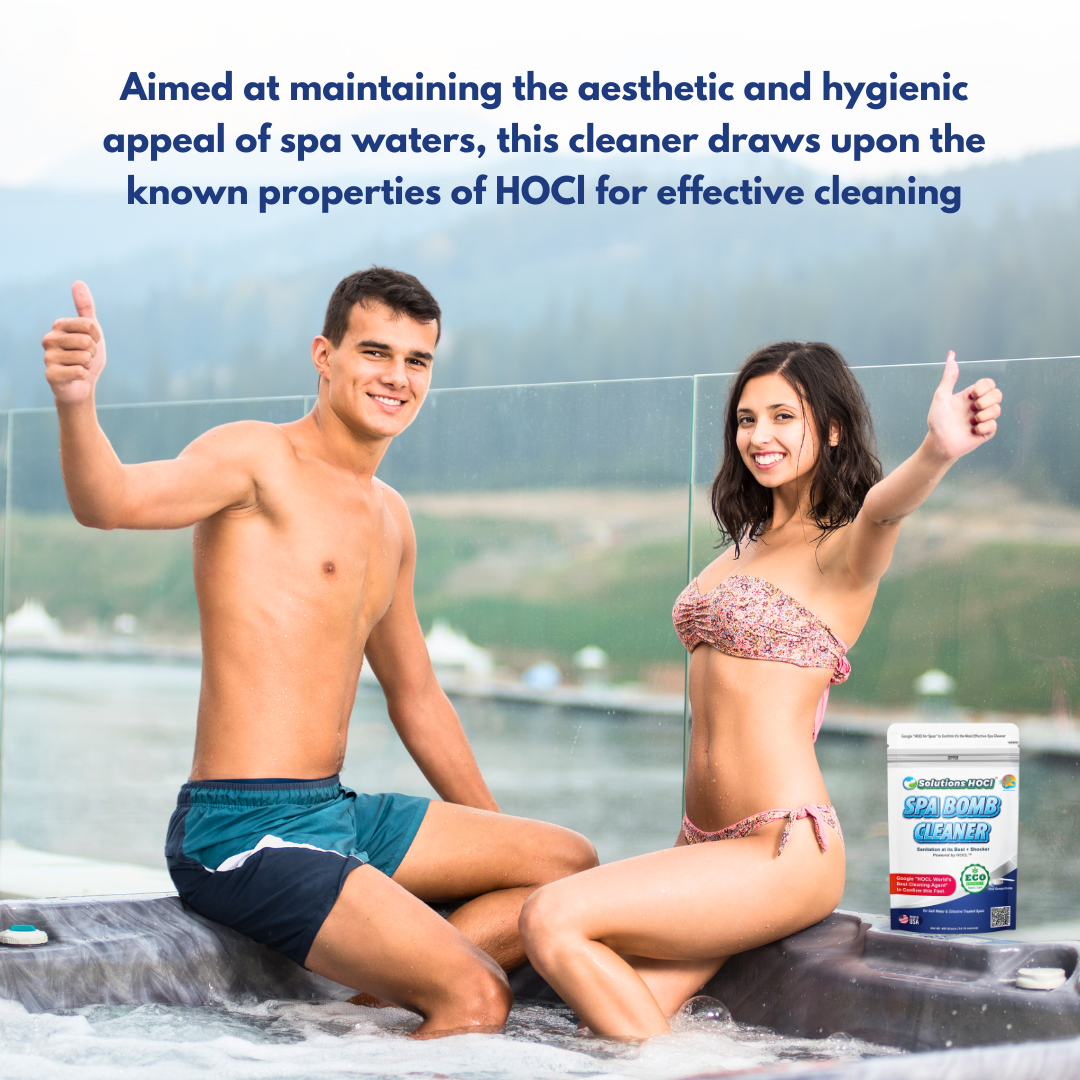
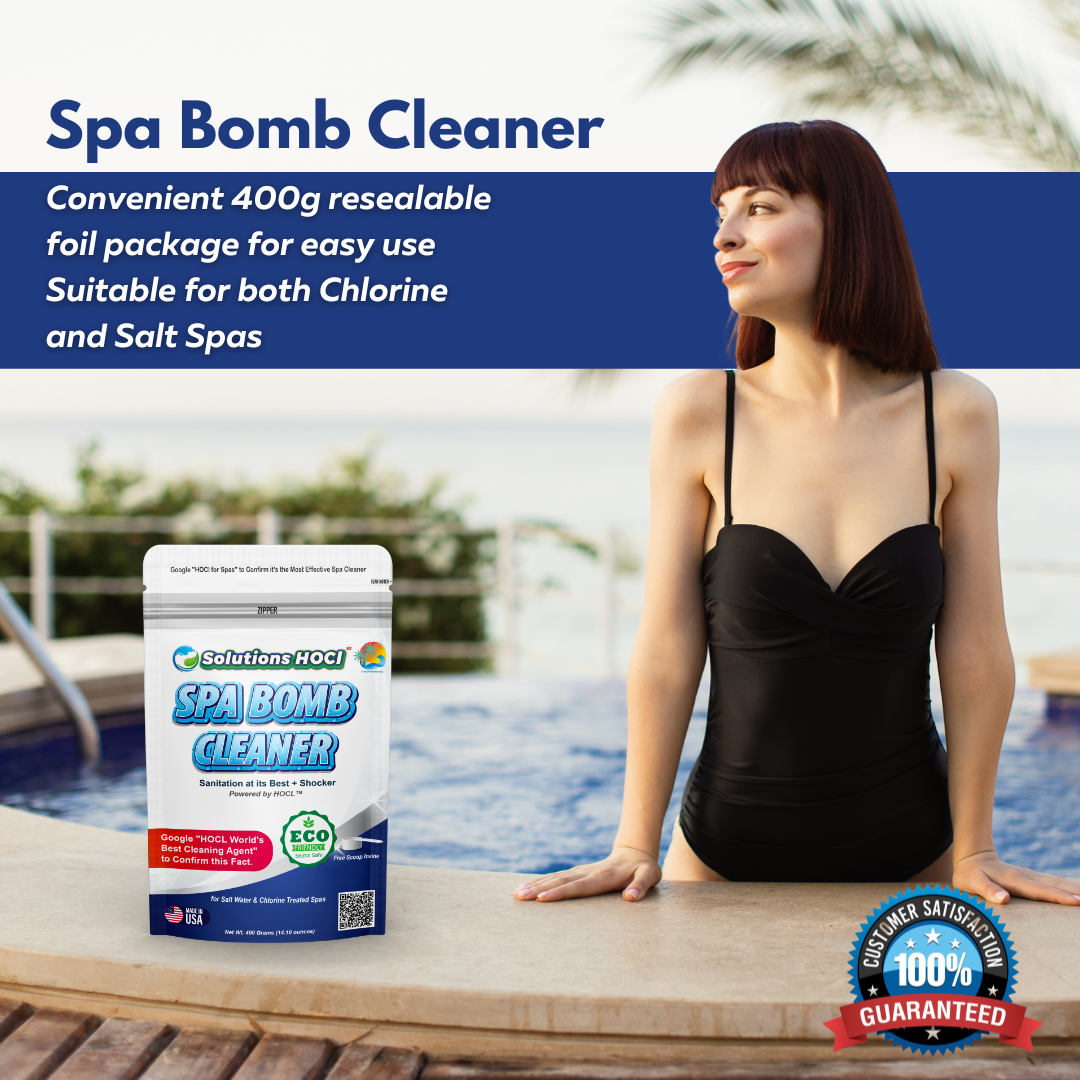
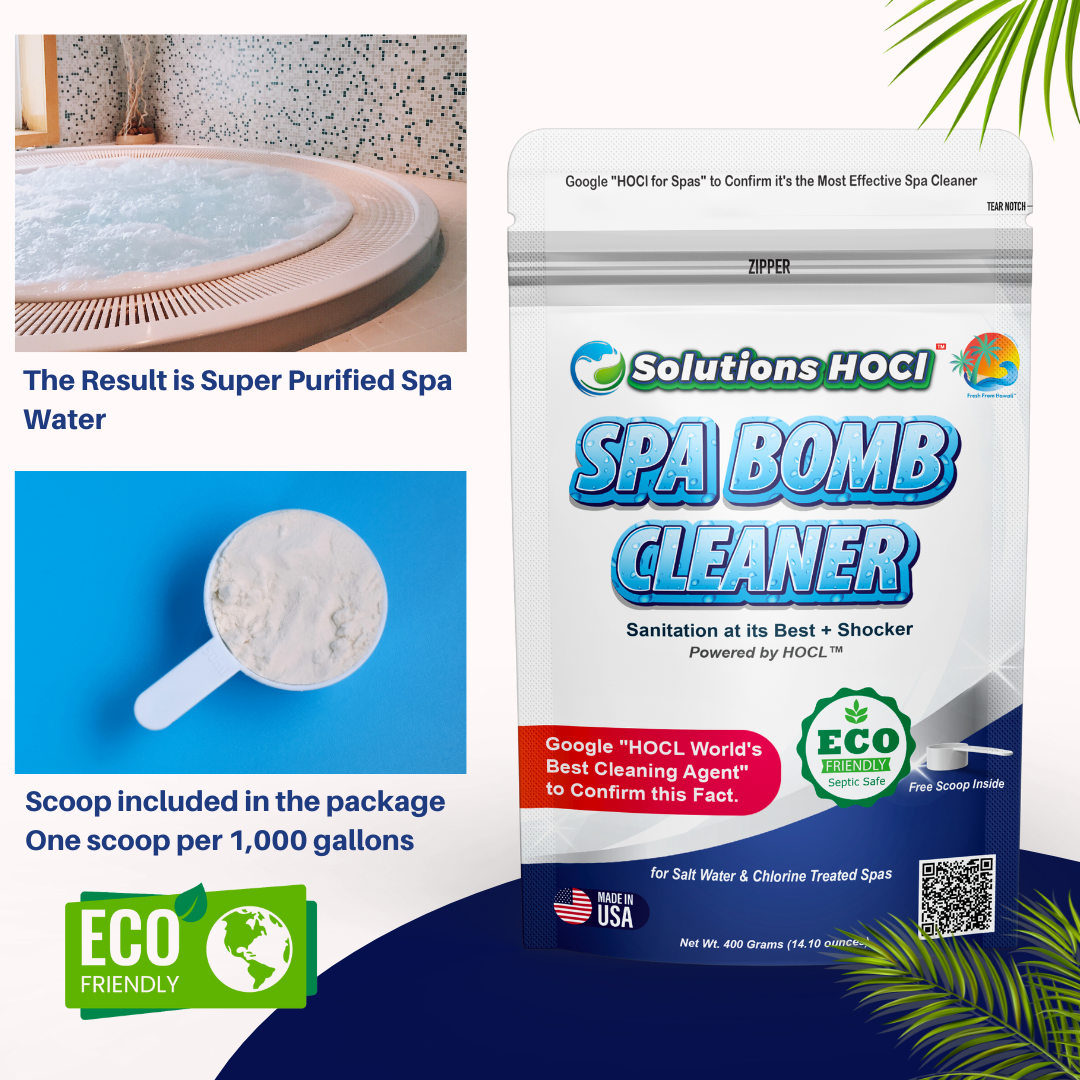

Hypochlorous acid (HOCl) and chlorine are both utilized for cleaning swimming spas.
HOCl is selected for its chemical properties and is typically regarded as safe when used as directed. When applied, HOCl interacts with proteins in organic materials in water, leading to the formation of chloramines, which may have a smell similar to bleach or a swimming spa.
HOCl is widely used where a reduction of organic material is sought. Chlorine, also known as Free Available Chlorine (FAC), is available in different forms, including HOCl and hypochlorite (OCl-). Chlorine is commonly employed as a disinfectant and can lead to by-products in pipes, especially in water containing high levels of dirt or organic matter.
Furthermore, chlorine is known to dissipate quickly in water systems. In comparison, HOCl and the OCl- form of chlorine are used more effectively depending on their application and environmental conditions.

HOCl is often utilized in chlorination processes
It is important to recognize that the performance and safety of spa cleaning products can vary. Users are advised to follow manufacturer instructions carefully and consider consulting professionals for appropriate spa maintenance. Keep in mind that many "spa professionals" typically receive training focused on traditional chlorine-based products. For a broader understanding of the various options available, including the use of hypochlorous acid (HOCl) in spa cleaning, you will find it beneficial to study our "Scientific Studies" section. This section includes a collection of Scientific Studies, University Reports, and Government Studies that provide insights that prove how effective HOCL can be in maintaining clean swimming spas.
Scientific Studies for Spa Cleaner
- Wang Y, Li N, Lu Y, Wang Y. [Comparison of the effects of chlorine dioxide, sodium hypochlorite and their combination on simulative water disinfection]. Wei Sheng Yan Jiu. 2008 May;37(3):285-9. Chinese. PMID: 18646523.
- Fukuzaki, S. (2006). Mechanisms of actions of sodium hypochlorite in cleaning and disinfection processes.. Biocontrol science, 11 4, 147-57 . https://doi.org/10.4265/BIO.11.147.
- Wojtowicz, J. (2000). Chlorine Oxygen Acids and Salts, Dichlorine Monoxide, Hypochlorous Acid, and Hypochlorites. . https://doi.org/10.1002/0471238961.0409030823151020.A01.
- Borgmann-Strahsen, R. (2003). Comparative assessment of different biocides in swimming pool water. International Biodeterioration & Biodegradation, 51, 291-297. https://doi.org/10.1016/S0964-8305(03)00040-4.
- Morita, Y., Kiga, S., & Ueki, J. (1967). Sanitary Treatment of Swimming Pool Water with Calcium Hypochlorite.. , 13, 125-129. https://doi.org/10.1248/JHS1956.13.125.
- Badiee, P., Rouein, S., Zaravar, F., & Ghasemi, F. (2020). The Best Commercial Chemical Disinfectant for Swimming Pools Environments Contaminated With Fungi. . https://doi.org/10.21203/rs.3.rs-56771/v1.
- Judd, S., & Jeffrey, J. (1995). Trihalomethane formation during swimming pool water disinfection using hypobromous and hypochlorous acids. Water Research, 29, 1203-1206. https://doi.org/10.1016/0043-1354(94)00230-5.
- Klingeren, B., Pullen, W., & Reijnders, H. (1980). Quantitative suspension test for the evaluation of disinfectants for swimming pool water: experiences with sodium hypochlorite and sodium dichloroisocyanurate.. Zentralblatt fur Bakteriologie. 1. Abt. Originale B, Hygiene, Krankenhaushygiene, Betriebshygiene, praventive Medizin, 170 5-6, 457-68 .
- Borgmann-Strahsen, R. (2003). Comparative assessment of different biocides in swimming pool water. International Biodeterioration & Biodegradation, 51, 291-297. https://doi.org/10.1016/S0964-8305(03)00040-4.
- Judd, S., & Jeffrey, J. (1995). Trihalomethane formation during swimming pool water disinfection using hypobromous and hypochlorous acids. Water Research, 29, 1203-1206. https://doi.org/10.1016/0043-1354(94)00230-5.
- Wang, Y., Wang, L., Lu, Y., & Wang, Y. (2007). [Effects of sodium hypochlorite on structure and function of pond microcosms].. Wei sheng yan jiu = Journal of hygiene research, 36 2, 144-7 .
- Liou, S., & Dodd, M. (2021). Evaluation of hydroxyl radical and reactive chlorine species generation from the superoxide/hypochlorous acid reaction as the basis for a novel advanced oxidation process.. Water research, 200, 117142 . https://doi.org/10.1016/J.WATRES.2021.117142.
- https://www.csun.edu/~vchsc006/356b/chlorine.html#:~:text=OCl%2D%20(hypochlorite%20ion)%20also,effective%20in%20penetrating%20cell%20walls

